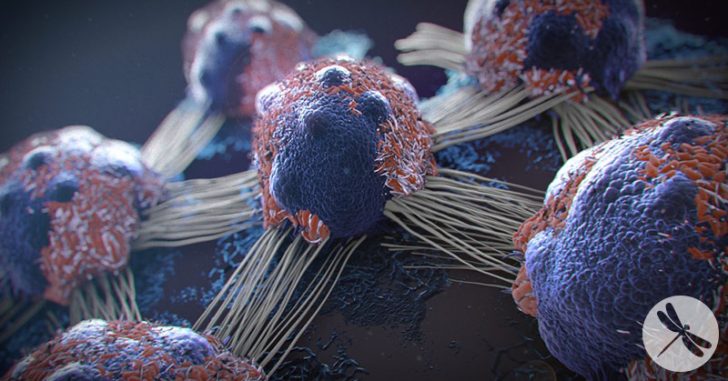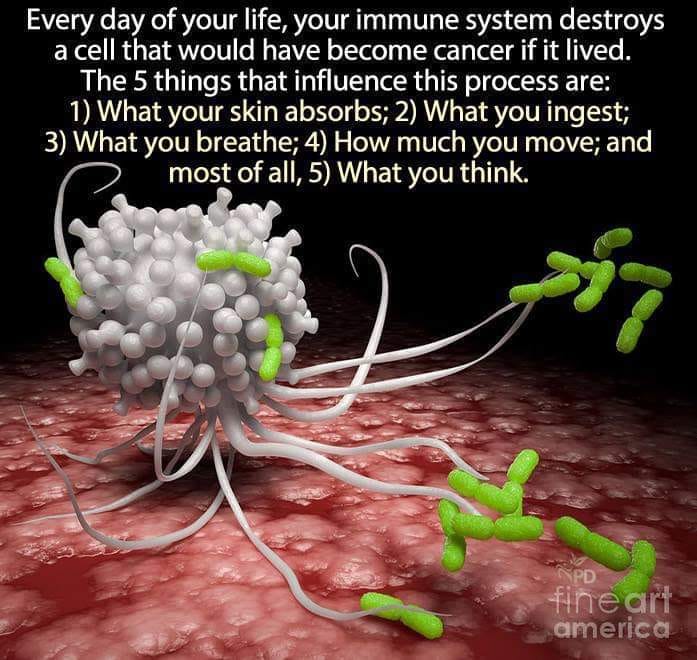
The nation’s leading Vaccine Rights attorney, Alan Phillips, is being sued by the NC State Bar in a classic “witch hunt.” Designed from the start to take Phillips’ law license, the lawsuit, supported by invented facts and law, is an attack on Phillips and the entire alternative vaccine community, because Phillips has dared to publicly challenge vaccine corruption and to help people nationally exercise their legal right to refuse vaccines required at birth, daycare, school, college, employment, military, immigration, etc. This should be no surprise, as North Carolina (where Phillips is licensed) is known as “Vaccine Central” in the pharma industry.
https://mailchi.mp/vaccinerights/vaccine-rights-attorney-witch-hunt-lawsuit-update








